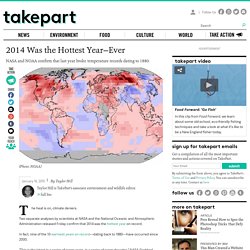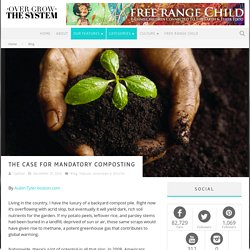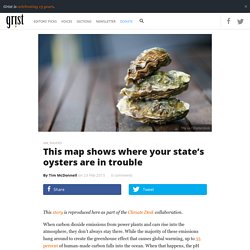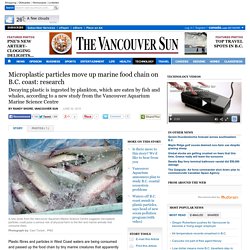

Got Policy Solutions? Think: Brownies. A messaging recipe for policy wonks.

This post is part of the research project: Flashcards We’re policy nerds here. (You may have gathered that.) It means sometimes we know just about every last detail of a particular policy solution. It means we sometimes go a little overboard telling other people about all those details—because we’re excited about the possibilities. Most of the other nerds we know do this too. Of course, knowing the specifics is important for us. But as we’re talking about policy solutions, we sometimes get bogged down in the details. What people want to know—what they really need to know, in fact—is what good a policy will do and why it matters.
Here’s a way to think about it: Imagine yourself standing at the grocery store trying to choose a box of brownie mix. We should follow the Brownie Mix Rule when talking about policy: Focus on outcomes. WRI Interactive: Carbon Emissions Past, Present and Future. 2014 Was the Hottest Year—Ever. The heat is on, climate deniers.

Two separate analyses by scientists at NASA and the National Oceanic and Atmospheric Administration released Friday confirm that 2014 was the hottest year on record. In fact, nine of the 10 warmest years on record—dating back to 1880—have occurred since 2000. “This is the latest in a series of warm years, in a series of warm decades,” NASA Goddard Institute of Space Studies Director Gavin Schmidt said in a statement. “While the ranking of individual years can be affected by chaotic weather patterns, the long-term trends are attributable to drivers of climate change that right now are dominated by human emissions of greenhouse gases.” The 2014 annual average temperature in the United States was 52.6 degrees Fahrenheit, about half a degree above the 20th-century average.
The change in weather patterns is also leading to an increase in volatile meteorological activity. The Case for Mandatory Composting. By Aubin Tyler boston.com Living in the country, I have the luxury of a backyard compost pile.

Right now it’s overflowing with acrid slop, but eventually it will yield dark, rich soil nutrients for the garden. If my potato peels, leftover rice, and parsley stems had been buried in a landfill, deprived of sun or air, those same scraps would have given rise to methane, a potent greenhouse gas that contributes to global warming. Nationwide, there’s a lot of potential in all that slop.
In 2008, Americans generated nearly 32 million tons of food waste, and less than 3 percent of that was composted, according to the US Environmental Protection Agency. These Floating Sea Trees Could Bring Wildlife Back to Big Cities. In the world’s biggest cities, it’s hard enough for humans to find a little elbow room—now think about carving out habitat for wildlife in places like Manhattan.

Dutch architect Koen Olthuis thinks he has the design that can extend urban sprawl into city waterways—but instead of floating high-rises offshore, he envisions wildlife oases within city limits. Called Sea Trees, the steel structures are based on existing offshore oil platforms. Anchored to the ocean or river floor, Sea Tree pillars would extend above and below the water surface, providing “layered” habitats—almost like the floors of a skyscraper—for flora and fauna. Are We Missing the Big Picture on Climate Change? Photo The human hands in blue medical gloves spread out the swallow’s wings.

The brown feathers jut out like spikes, their tips frizzled and scorched. This map shows where your state’s oysters are in trouble. This story is reproduced here as part of the Climate Desk collaboration.

When carbon dioxide emissions from power plants and cars rise into the atmosphere, they don’t always stay there. While the majority of these emissions hang around to create the greenhouse effect that causes global warming, up to 35 percent of human-made carbon falls into the ocean. When that happens, the pH level of the ocean drops, causing a phenomenon known as ocean acidification. Some scientists call this the “evil twin” of climate change. Microplastic Particles Move Up Marine Food Chain on B.C. Coast. Plastic fibres and particles in West Coast waters are being consumed and passed up the food chain by tiny marine creatures that apparently mistake them for food, according to a new study from the Vancouver Aquarium Marine Science Centre.

Researcher Peter Ross and his colleagues found plastic litter in the digestive systems of two key species of plankton that are eaten in large numbers by salmon and baleen whales. Adult salmon returning to the Strait of Georgia may be consuming up to 91 plastic particles a day by eating plankton, and juveniles leaving fresh water up to seven particles a day, while a humpback whale could ingest more than 300,000 particles a day, according to the researchers’ estimates. Several recent studies have documented ingestion of plastics in the wild by fish, bivalves and crustaceans. Plastic particles have also been detected in the scat of marine mammals. “Most salmon species feed heavily on (plankton) during their juvenile and adult life stages,” said Ross.